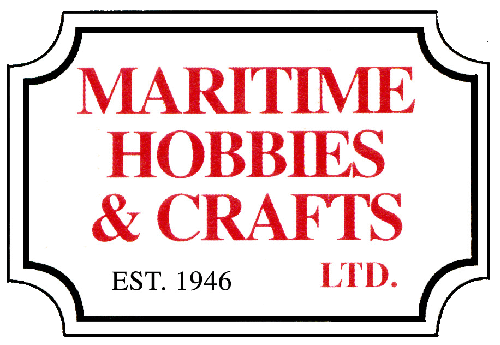The terms are often used interchangeably but they are different. Gauge is the distance between the rails. HO gauge means a distance of 16.5mm between the rails. HO scale refers to the size of the model compared to the real thing. HO scale is 1/87 so 1" on the model equals 87" on the prototype.
The current common commercial scales are G, O, HO & N & Z.
G scale is more often referred to as G gauge. Several scales run on the 45mm gauge track. G comes from the German "grob" meaning big. G scale is 1:22.5. Manufacturers use scales between 1:20 & 1:29.
O scale or gauge which is 1:48 in the USA or 1:43 in the UK means zero or 1 less than the old Gauge 1. Gauge 1 also runs on 45mm track whereas gauge O runs on 32mm gauge.
HO is 1/2 of O. In the US it is 1/87 scale. In the UK they use a scale of 1:76 on the same 16.5mm gauge & it is called OO scale or OO gauge.
N scale started out as OOO or 1/2 of OO. Arnold introduced electric powered trains in 1962 & their name "N" prevailed, the scale in the US & Europe is 1:160, in Japan where N scale is #1 it is 1:150 & in the UK it is 1:148. The gauge is a universal 9.0mm.
Z scale was introduced by Marklin in 1972. The letter Z was chosen because it was thought impossible to make something smaller. The scale is 1:220. The gauge is 6.5mm.
The impossible of course has happened. Eishindo of Japan introduced T scale in 2006 with a scale of 1:450 & a track gauge of only 3.0mm.
More extensive information including narrow gauge derivatives can be found by on Wikipedia.
Tuesday 29 May 2012
Monday 7 May 2012
Welcome to the new online blog for Maritime Hobbies & Crafts. We are Eastern Canada's oldest independent hobby shop. We specialize in Model Trains, R/C vehicles, plastic models, diecast vehicles, kites and much more. In this spot, we will be adding tips, hints, and tricks for various modeling techniques.
So stay tuned for some exciting posts, and happy modeling!
So stay tuned for some exciting posts, and happy modeling!
Subscribe to:
Posts (Atom)

